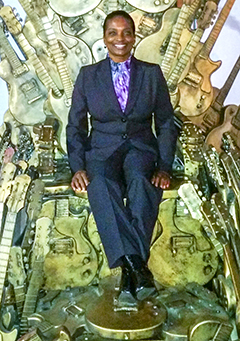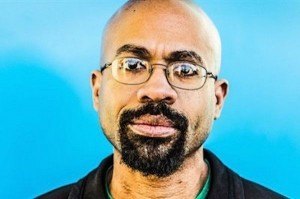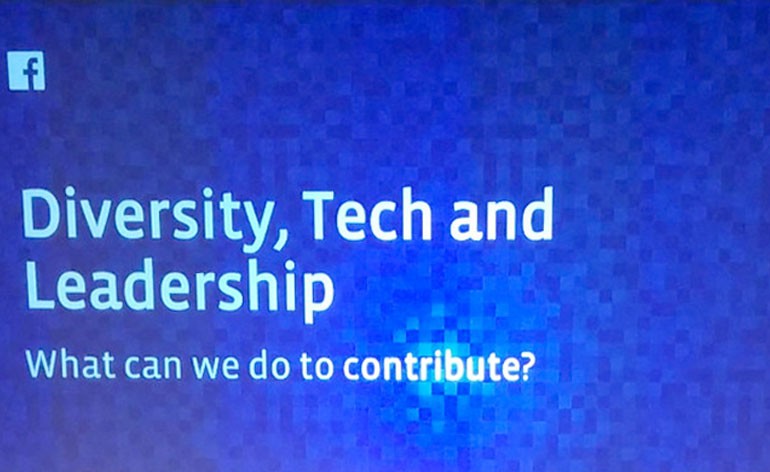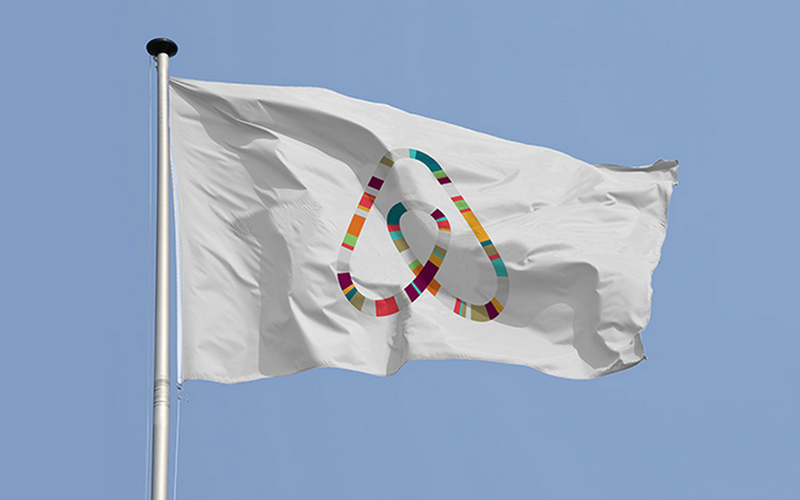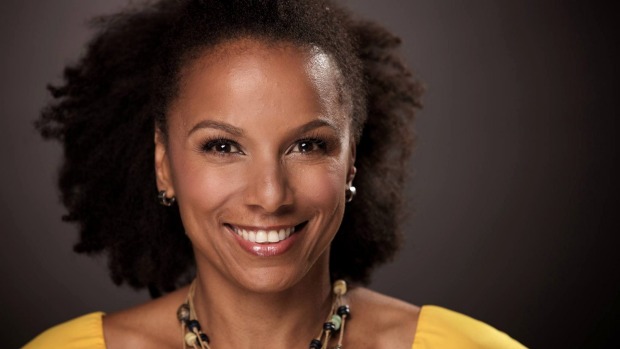04
Feb

News
03
Feb
Here’s What It’s Like to Be a Person of Color in Technology
“Ever wonder what it's like to be a person of color in technology and computer science?” In connection with Martin Luther King Jr. Day on Monday, James Mickens—a computer scientist in the Systems group at Microsoft Research—opted to participate in a Reddit AMA in hopes of answering this question. James Mickens (photo courtesy of MIT CSAIL) Mickens is also currently teaching at MIT CSAIL as part of the school’s MLK Visiting Scholars program, which is aimed at getting more people of color into academia. Which is clearly a relevant effort, particularly in his specific field: According to GigaOm research, just 4.5 percent of computer science degrees are awarded to black students.
02
Feb
CES 2015: Lessons Learned at Facebook’s Diversity Panel Tech Feature
During CES 2015 I was approached by a woman who worked for Facebook. It was fairly random: we’d just happened to be walking off of the same crowded elevator, and she asked me if I wanted to attend a panel that was taking place the next day, a meeting about diversity and tech leadership. Natural curiosity made me want to check out the event for a couple of reasons: 1. to find out what a Facebook-hosted private gathering at CES would look like, and 2. to see just what people would have to say about increasing diversity in tech fields.
31
Jan
Why is gender diversity in tech so much easier to solve than racial diversity?
Diversity is a serious problem in the tech industry. In recent months, major companies including Apple, Google, Facebook, and Amazon have released statistics showing the severe lack of women and minorities in their workforces. For one of the most innovative industries, tech's progress on diversity has been depressingly slow. There are outliers like Intel, which recently announced it would invest $300 million over the next five years to improve diversity, and Pinterest, a company whose staff is 40 percent women. (At the executive level, that figure shrinks to 19 percent.) "It's time to step up and do more. It's not good enough to say we value diversity," Intel CEO Krzanich said last week during CES. But a large number of tech companies do just that, promoting diversity in speeches while hiring relatively few women and minorities.
30
Jan
The Huge Diversity Disparity in Tech
It started with Google: After the company decided to release its employee diversity statistics last May, some nudging from activist groups helped led a slew of other tech giants to follow. Before long, Apple, Facebook, Twitter and others were all giving a look at their diversity—or rather, lack of diversity. But there’s a big difference between admitting the problem exists and fixing it.
29
Jan

